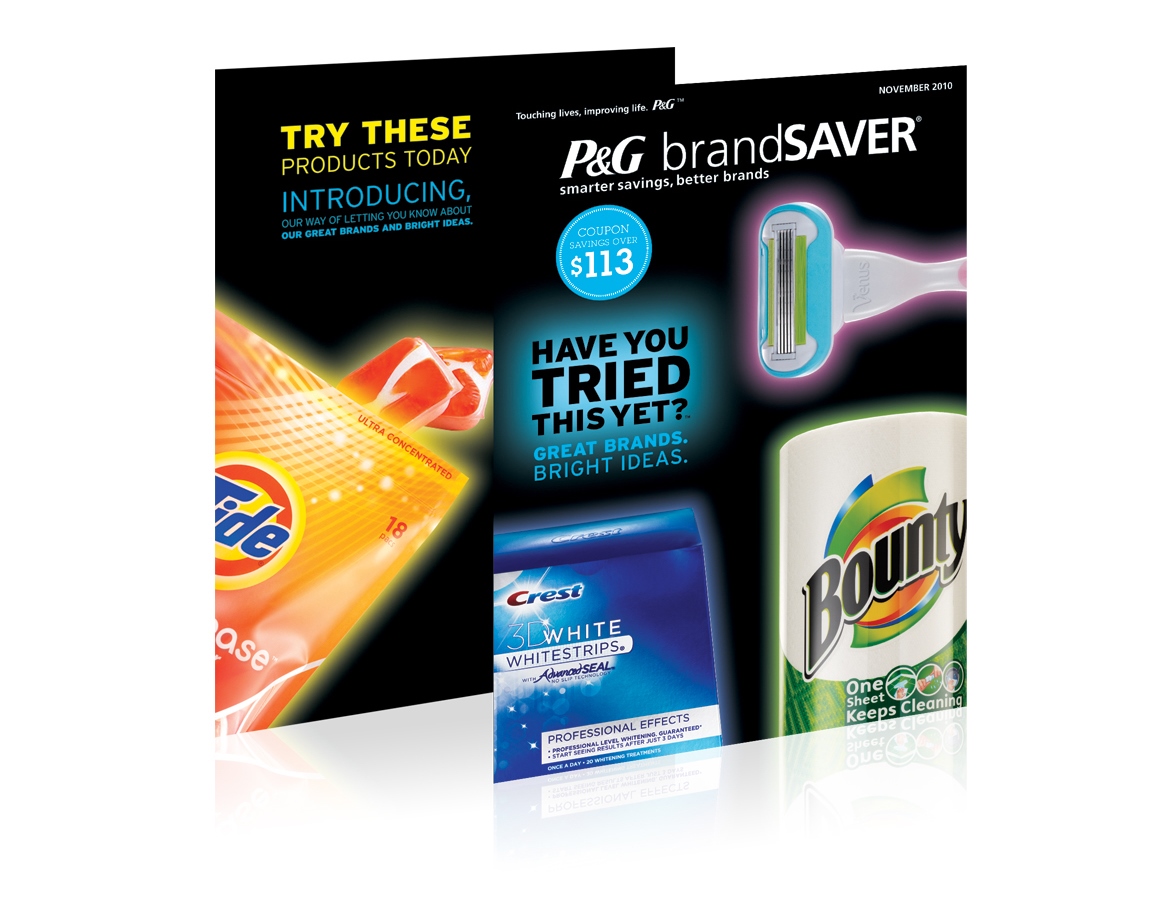Companies and Brands
The Bullish and Bearish Case for Procter & Gamble in 2015
Published:
With a bull market that is almost six years old, stocks have risen exponentially from the March 2009 panic selling bottom. In 2014, the Dow Jones Industrial Average rose 7.5% and the S&P 500 Index rose 11.4%. While those index performances do not account for individual stock dividends, Procter & Gamble Co. (NYSE: PG) closed out the year 2014 at $91.09 for a gain of 15.4%, including its dividend adjustments.
24/7 Wall St. has undertaken a bullish and bearish case, to evaluate both sides of the coin, to see what lies ahead for Procter & Gamble in 2015. When we ran the same analysis a year ago, analysts were looking for Procter & Gamble to rise by almost 7% in 2014, but it more than doubled that expectation. One key consideration for the year ahead is that the consumer products giant is the largest of all consumer products companies, with a year-end market cap of $246 billion.
The stock had a 2014 trading range of $75.26 to $93.89, and the consensus analyst price target of $81.89 would imply expected upside of only 0.9% this year. Then there is the dividend yield of 2.9% to boot.
What investors have to consider is that Procter & Gamble is in a state of change. It is selling or willing to dispose of a large number of brands. We opined that Berkshire Hathaway Inc. (NYSE: BRK-A) may be stealing the Duracell brand in that unit disposition process. Procter & Gamble also arranged for the sale of most of its pet foods operations in 2014.
At the end of 2014, a boutique firm named BTIG issued a downgrade on Procter & Gamble shares, to Neutral from Buy. Another key issue has been present since last summer, and that is that earnings have little or no growth. Another question is whether brand names just come with too much premium over less recognized brands.
ALSO READ: The Bullish and Bearish Case for Wal-Mart in 2015
While there is much caution, there are good things happening too. That move to pry loose its brands is on the heels of activist efforts to make Procter & Gamble more nimble and more focused. We also named it as one of the safest high-yield dividends to hold in 2014.
Procter & Gamble is a stock that most investors flock to during times of uncertainty. It just so happens that consumers still use things like deodorant, toilet paper, diapers, razors, soap, shampoo and a whole host of other consumer products whether or not times are hard.
Procter & Gamble shares even finally broke above that resistance level between $80 and $85 in 2014. Now the question is if there is too much of a premium in this defensive name. It trades at more than 19 times expected 2015 earnings per share. That premium seems high for a company with no real growth, but investors have rewarded it for being a defensive stock that can be owned in hard times. And that dividend yield of almost 3% isn’t hurting the feelings of investors either.
After a dividend-adjusted performance of 15.4% in 2014, Procter & Gamble’s total upside, with the dividend included, is expected to be 3.8%. The bad news is that getting people to take on stock market risk for a return of less than 4% is not very bright. The good news is that Procter & Gamble more than doubled its analyst expectations in 2014.
The year-end closing price of $91.09 compares to a street-high analyst target of $105 from Credit Suisse in a recent analyst upgrade, but then there is still one analyst that has a price target down around $73, according to Thomson Reuters. That is big downside if the most pessimistic analyst is correct — or almost 18% upside if the most optimistic analyst is correct.
ALSO READ: The Bullish and Bearish Case for Johnson & Johnson in 2015
The thought of burdening your family with a financial disaster is most Americans’ nightmare. However, recent studies show that over 100 million Americans still don’t have proper life insurance in the event they pass away.
Life insurance can bring peace of mind – ensuring your loved ones are safeguarded against unforeseen expenses and debts. With premiums often lower than expected and a variety of plans tailored to different life stages and health conditions, securing a policy is more accessible than ever.
A quick, no-obligation quote can provide valuable insight into what’s available and what might best suit your family’s needs. Life insurance is a simple step you can take today to help secure peace of mind for your loved ones tomorrow.
Click here to learn how to get a quote in just a few minutes.
Thank you for reading! Have some feedback for us?
Contact the 24/7 Wall St. editorial team.